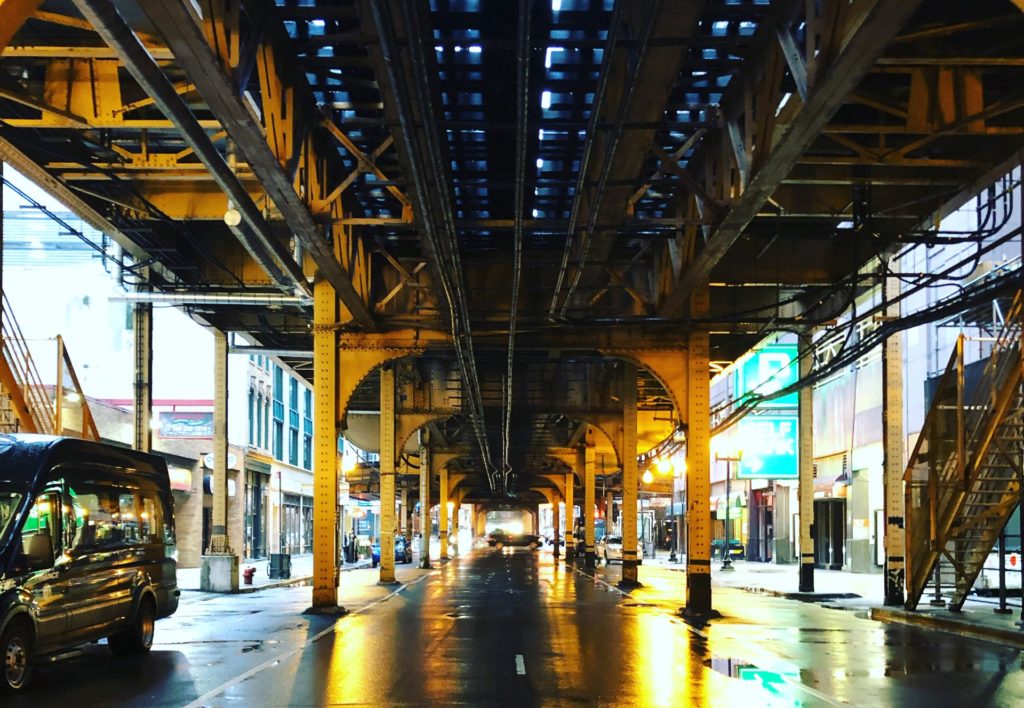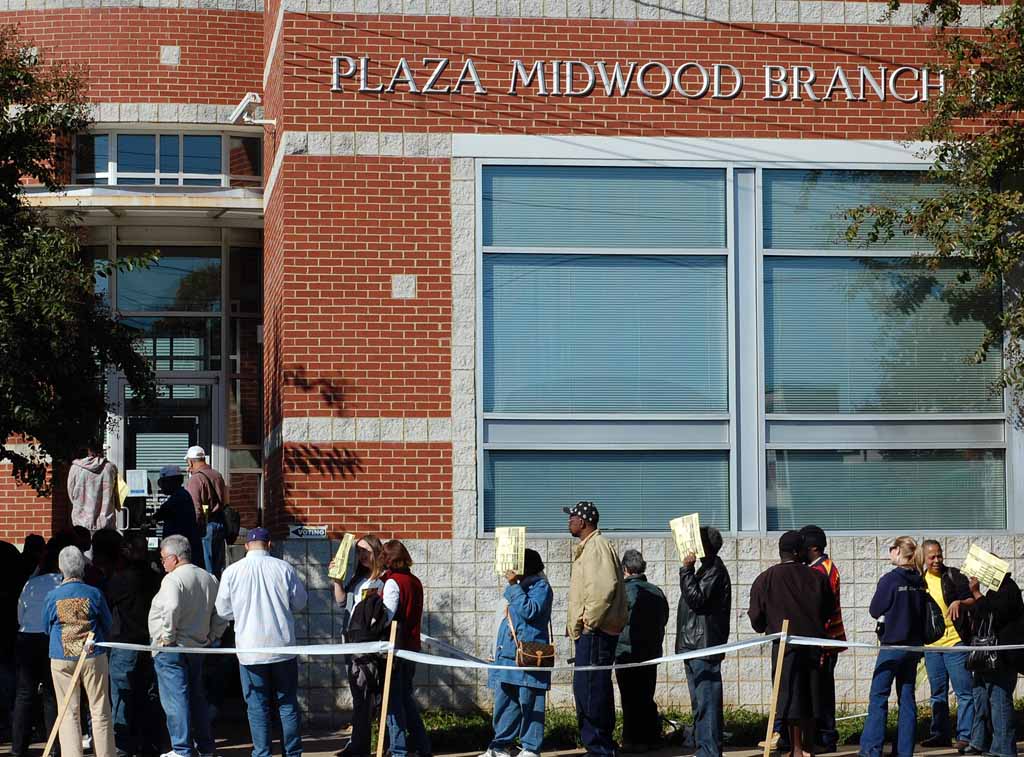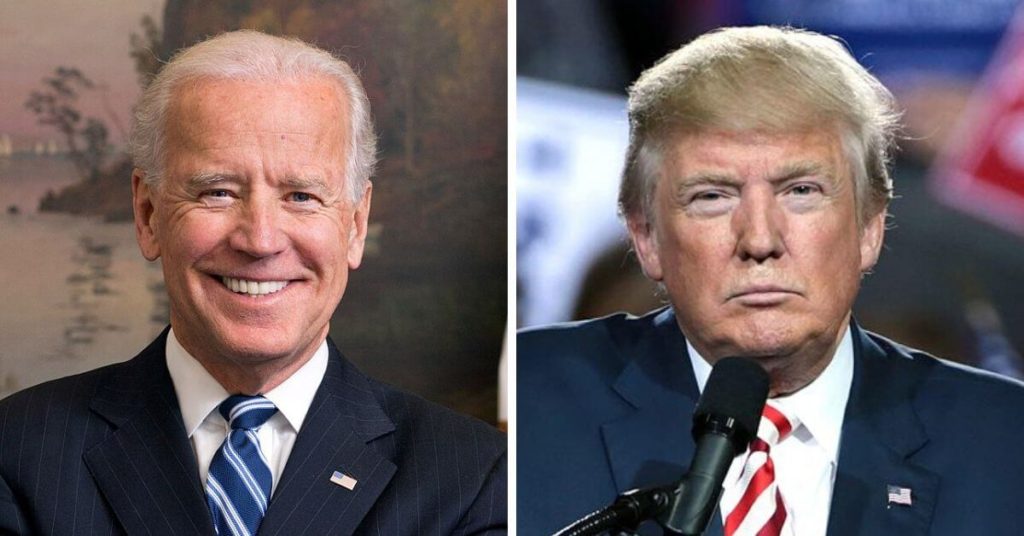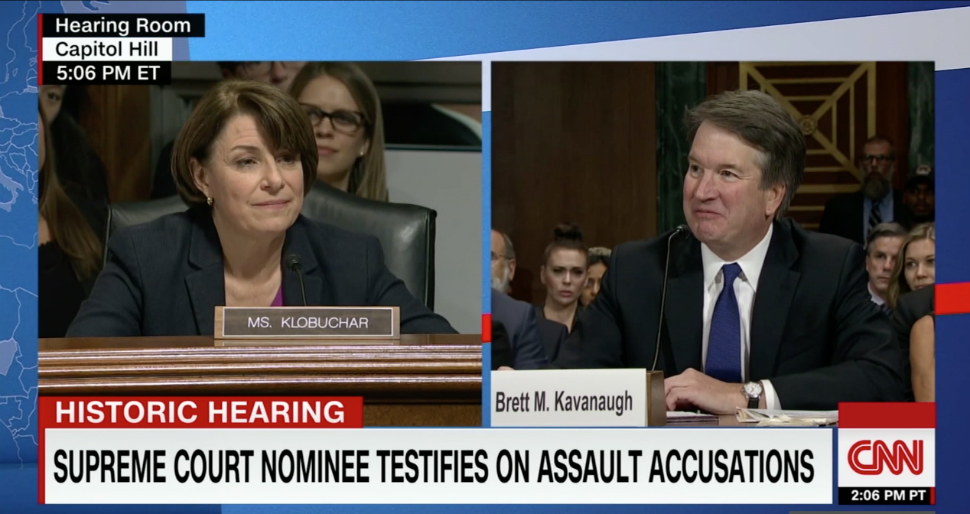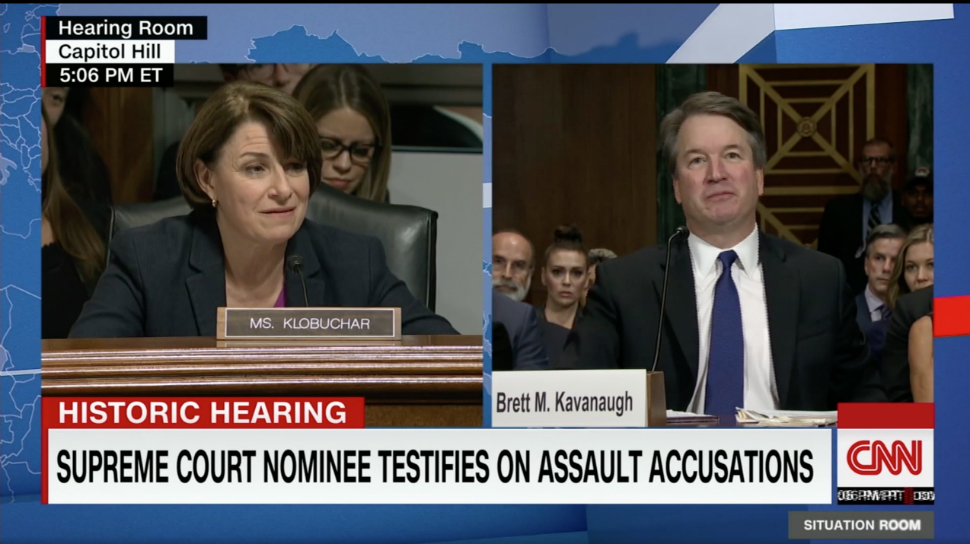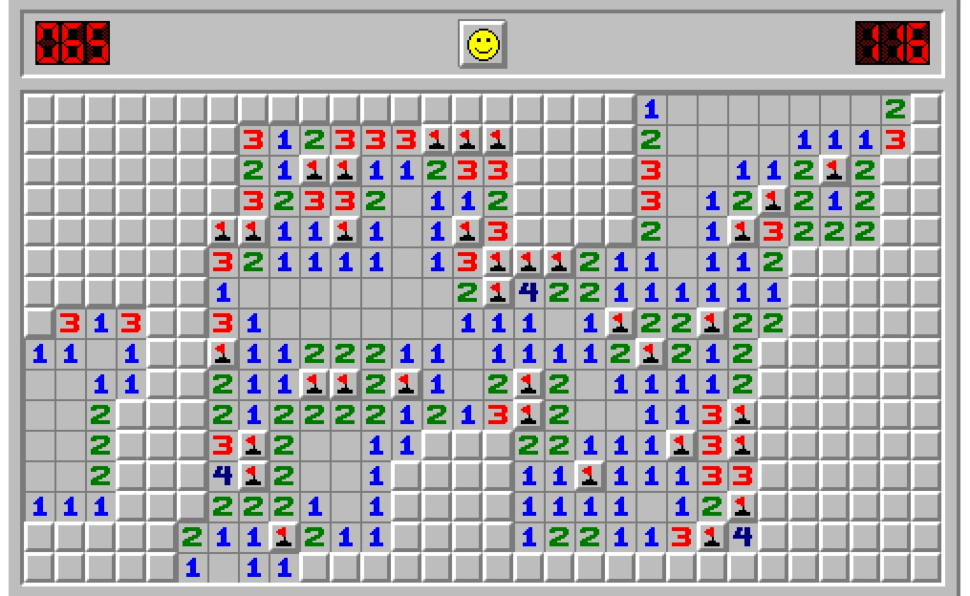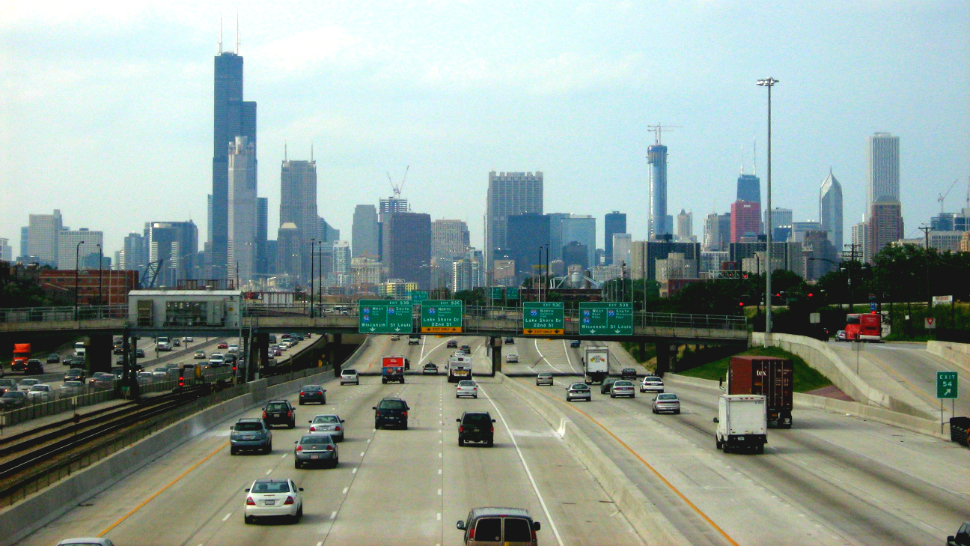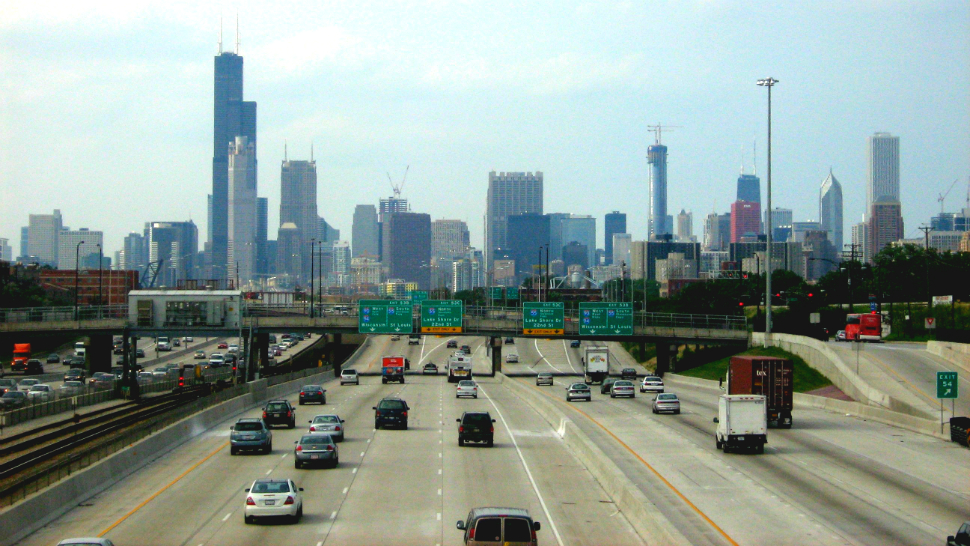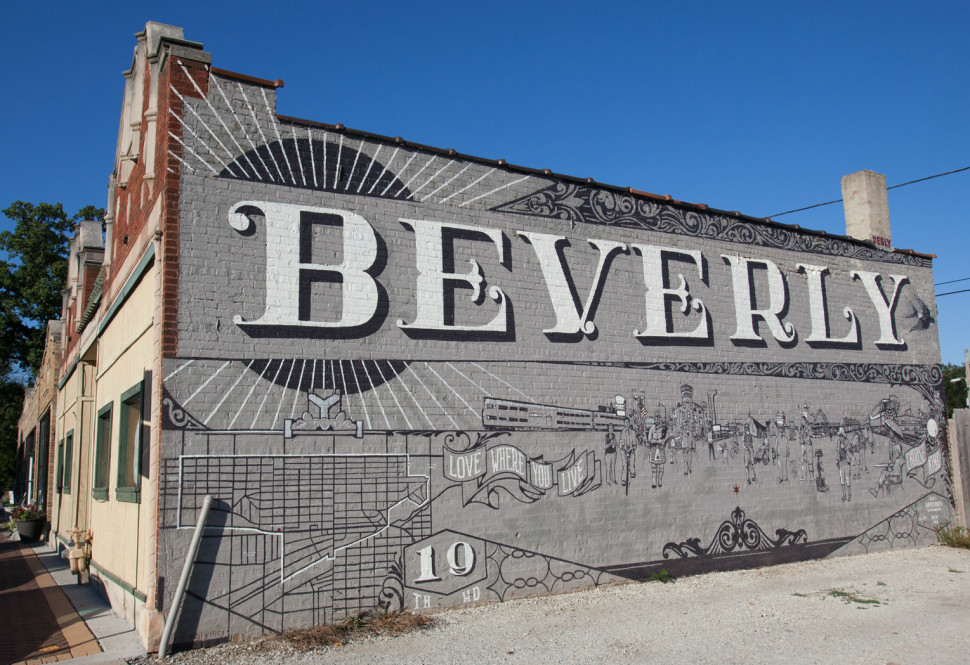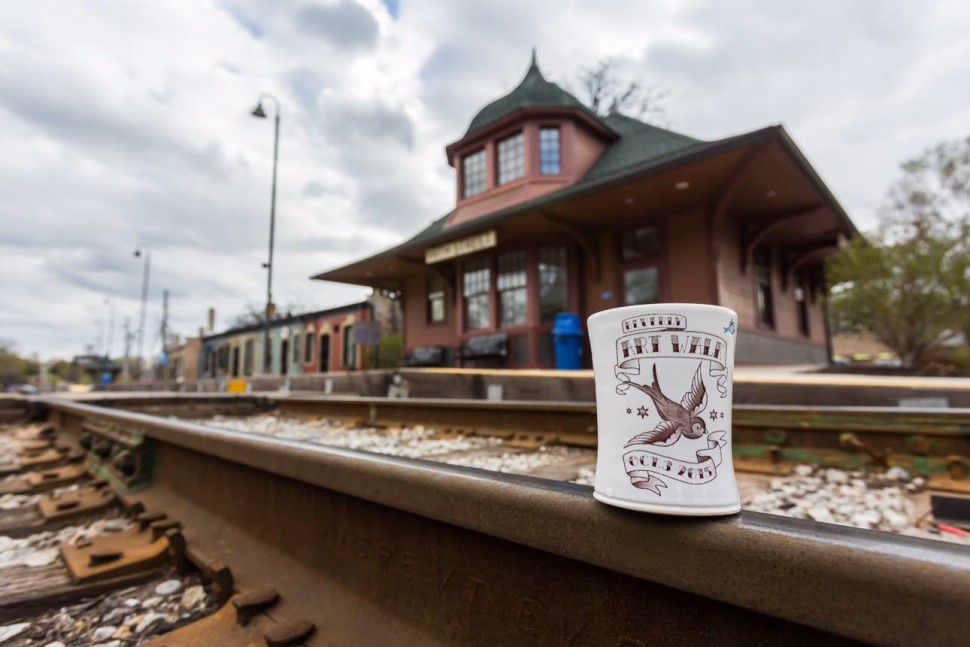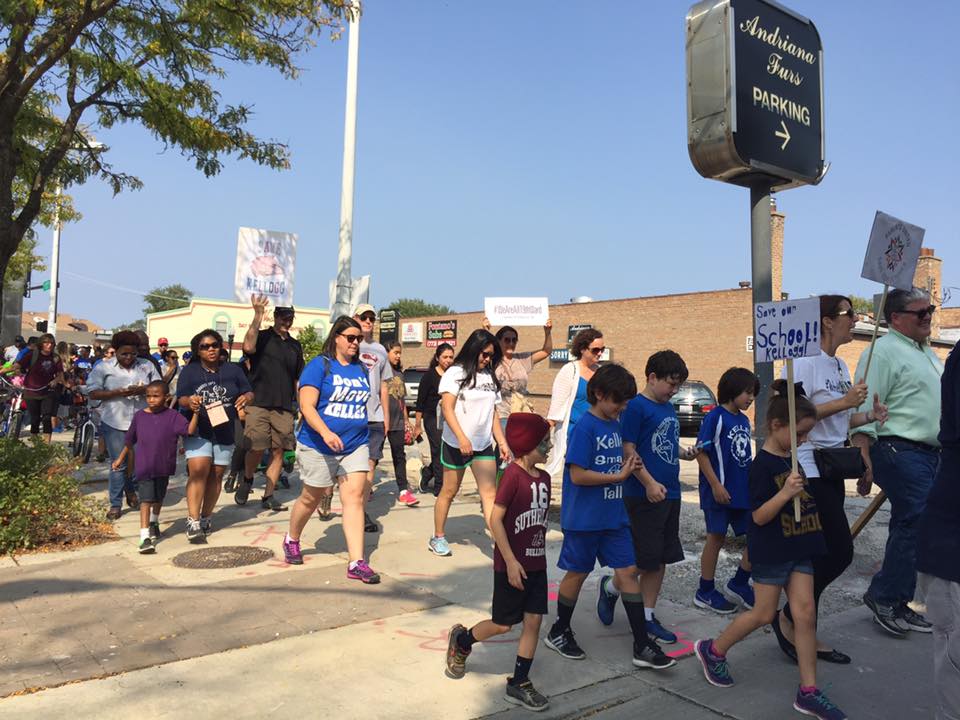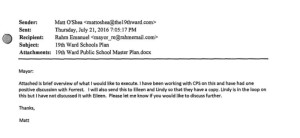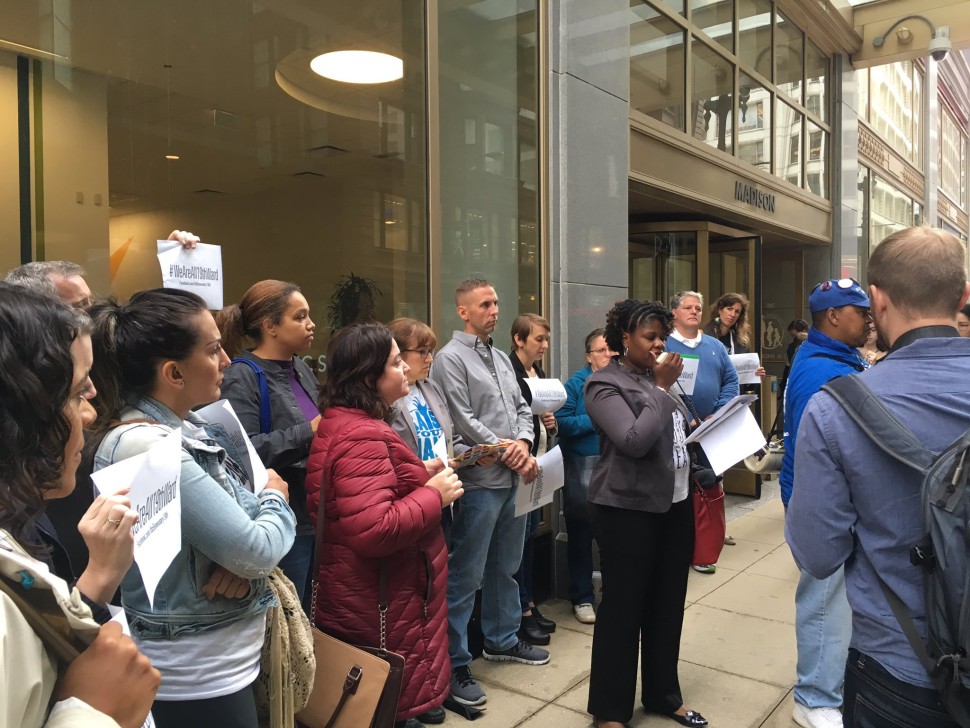In the wake of president-elect Joe Biden’s victory, there’s been a question of what will happen to all of the activism of the past four years.
Specifically, we’re talking about the people who, for the first time, found themselves marching in the streets, joining a political organization, or organizing for change during the Trump administration. We might also count those who, this summer, felt called into the fight for racial justice in a way they hadn’t before.
Maybe you were in that number. Maybe your friends and family were. (Or maybe you’d been there for years and helped those folks find a place in the fight. If so, thank you. Also, you could probably use a nap.)
We have to acknowledge that Trump was not the cause of our polarization and division. Like COVID-19, he took advantage of an environment starved for answers—one filled with mistrust, and prejudice. A divided society lacking a shared set of facts, beliefs, resources and goals. No common project.
The cracks were there, but Trump made them wider and deeper. He’ll soon be gone from the White House, but the cracks will remain.
Some groups of people will have the privilege of not feeling the intensity of these divisions every day. But white supremacist nationalism, climate threats, and the ongoing fight against the spread of COVID-19 (which will evolve into a larger question of how to prepare for and fight the next pandemic) will remain as global and national menaces. The list of local problems could fill a couple of pages.
When you’re not plagued by existential threats with a clear villain, where do you place your focus and how do you spend your time? How do you unite people who have similar interests but disparate backgrounds?
My goal here is to try and answer some of those questions. This isn’t intended to be prescriptive. It’s a template or framework on which to layer your own interests and apply it to your own community. These things work best when you take from them what works for you, discard what doesn’t, and add in what you need. Think of it like a civic quiche.
With that, here’s what you can ask yourself as you think about how to help make life better for those close to you. I’ll start with what I think is the most important question because everything else flows from it.
What is the smallest and nearest form of governance in my life?
I say this with love: If you know the names of the Democratic candidates running in the Georgia Senate runoff, but don’t know the name of your alderman, county commissioner, or statehouse rep then you have some work to do.
Just using the examples above, we can see huge community impacts: who can or can’t open a business in your neighborhood (alderman), how money is allocated toward health and policing (county commissioner), and how legislative maps are drawn (statehouse rep), which is a building block of fair elections locally and nationally.
The smaller the unit of government, the more immediately responsive it can be, both in terms of your ability to exert influence on it and the likelihood of you getting a response to your email, phone call, or letter.
It’s important to consider this in terms of government and governance, both elected and unelected.
For example, how do decisions get made about how your community gets educated? If you live in Chicago, your public school has an elected local school council. LSCs have the power to, among other things, decide how to spend money and choose the principal. (If you live elsewhere, your school district board has similar powers.)
Did you know that as a member of your community you can vote in your LSC’s election or run for a spot on the LSC as a community representative even if your kid doesn’t go to school there? Did you know we just had those elections in November?
If you don’t have a kid in your neighborhood public school, what happens at the school still matters to you. Good public schools mean good real estate values, business development, and public safety.
Who is the supervisor of your local park? They decide how often the equipment gets maintained which can affect whether a kid gets hurt or not – or the access they have to ways to stay active. Healthy kids mean less money spent on health care which means more money to spend on restaurants, shops, etc. which means more of that gets built in your community. All of which contributes to safe, welcoming neighborhoods.
Then there’s the unelected governance that comes in a variety of forms.
Who sits on your library board? The board makes decisions about what your community can read for free, another form of public education. This board is likely appointed. It’s important to know by whom. Is there a neighborhood association in your area? They’re probably volunteers and make decisions about public safety, tree plantings, or block parties.
As the saying goes, just because you do not take an interest in politics doesn’t mean politics won’t take an interest in you.
Some forms of governance are invisible unless you take the time to look for them. They definitely don’t get covered on that political podcast you listen to every week. In Chicago, we have City Bureau’s Documenters who are bringing some transparency to these smaller units of government. Your property tax bill is a good place to start getting familiar with some of them.
That’s the what. Then there’s the who.
Who is most at risk right now?
If you’re trying to decide how to make things better, think about those who have it worse than you right now.
Broadly speaking, the answer to this question is pretty simple: Those at risk are the people whose point of view is least represented when decisions are getting made.
Who’s dealing with food insecurity? Who feels the most alone? Whose health is most at risk? Who is least likely to receive a just outcome in the criminal justice system? Whose schools lack the most funding? Who feels the least safe?
We could get overwhelmed by the bigness of some of these questions and the problems they reveal. So let’s reduce this to the smallest unit of assistance you can provide each day.
When you’re in a room where a decision is being made ask yourself this question: How will this affect those who don’t look like me or have less access to money and services than I do? Are you able to speak from a place of knowledge that can guide this decision to a more equitable outcome for that group? If not, can you bring someone into the room who can? Or ask to defer the decision until that point of view is heard? Then do that.
As you think about the moments when things happen, ask yourself the next question.
What skills and resources do I have?
When you start thinking about all the trouble in your world there’s a tendency to get overwhelmed or to feel like you need to learn how to do a million new things to make a difference.
Learning new things is great! Educating yourself on issues is important! But more than likely, you already know something or can do something better than other people. Think about what that is and who could be helped by it. The thing you can do better than other people might be the skill that a non-profit or community organization needs the most from its volunteers.
Can you write? You can amplify your impact by writing an outline of a script that empowers others to use their voices.
Do you have a technical skill? A certain kind of way with design, spreadsheets, or budgeting? The more niche the skill, the more expensive the hire and the bigger the obstacle it is for most organizations. You’re going to be their favorite volunteer.
Can you manage projects? The path between idea and execution is often fraught. You might make the difference here.
Are you someone who knows people who can do the above? Some of the most powerful people are those who connect those with a need to those with a solution.
Finally, can you spare 20 dollars a week (or more)? Give it to an organization making a difference somewhere. Ask others to do the same. If you feel comfortable asking people for money, start a fundraiser.
Again, think small(er). I love places like the ACLU, too, but if you Google “immigration legal rights,” “environmental justice” or some other cause plus the name of your city, town, or state you’ll find an organization doing the work that needs the money more than a place with built-in name recognition.
This leads us to the last question.
Who is already doing this work?
There is a tendency among those with power and abilities – usually white people and usually men – to imagine they have the solution others lack. But for their insight, the problem would be solved.
No.
Do not be the person that offers help they don’t need. Instead, amplify what others are already doing.
Those already doing this work do not need not our vision, our strategy. They need the tactical benefit that comes with numbers. They don’t need leadership, they need followship. Allies are fine, but accomplices are better. They need our hands, our muscle, our toil. Ask for direction, then put yourself in the way. They may need your status or skin color as a shield, not a sword.
It’s also important to remember that those doing this work are not looking to make their cause or tactics more palatable to a broader group of people. They’ve had the “what if” or “what about” discussions before you got there. Dilution of a solution might create more volume, but it reduces the substance.
You may feel uncomfortable. You may feel a loss of status or prestige because doing the right thing doesn’t always feel good. Doing this work on behalf of others may bring to light things about you or people you’re close to that you would have preferred to keep in the darkness.
The good news is short-term loss will become long-term gains over time – for you and everyone else.
If after looking high and low you discover what needs to be created doesn’t exist, bring it into the world. Otherwise, line up with those who are already standing there.
None of this is easy. You’ll make mistakes. Mine usually come from a tendency to want to fix things as quickly as possible, to want to speak first so as to fill a vacuum of uncertainty rather than listen and sit with the discomfort of not knowing. Or to emphasize the theoretical over the lived experience of someone else. When this happens, it helps to be quick with an apology and a description of how you’ll act differently next time.
Right now, we’re rightly obsessed with getting “back to normal.” But what if we thought about “the unusual” instead? It might look like something that’s more well-balanced than what we had before.
That’s how we make things better.
